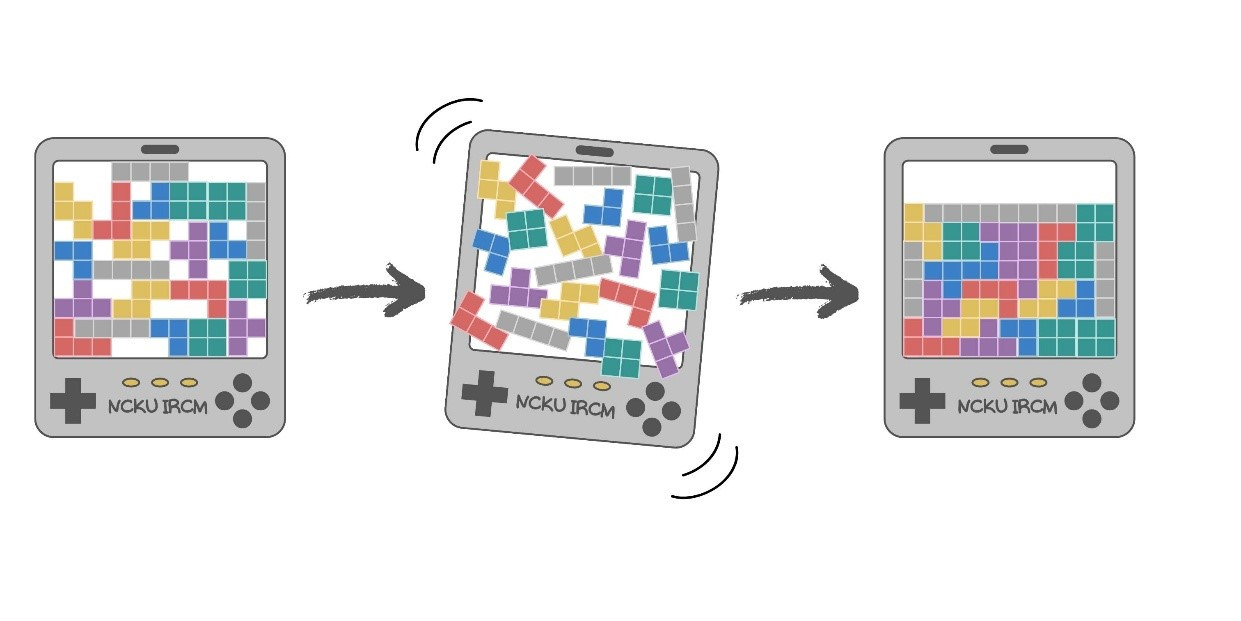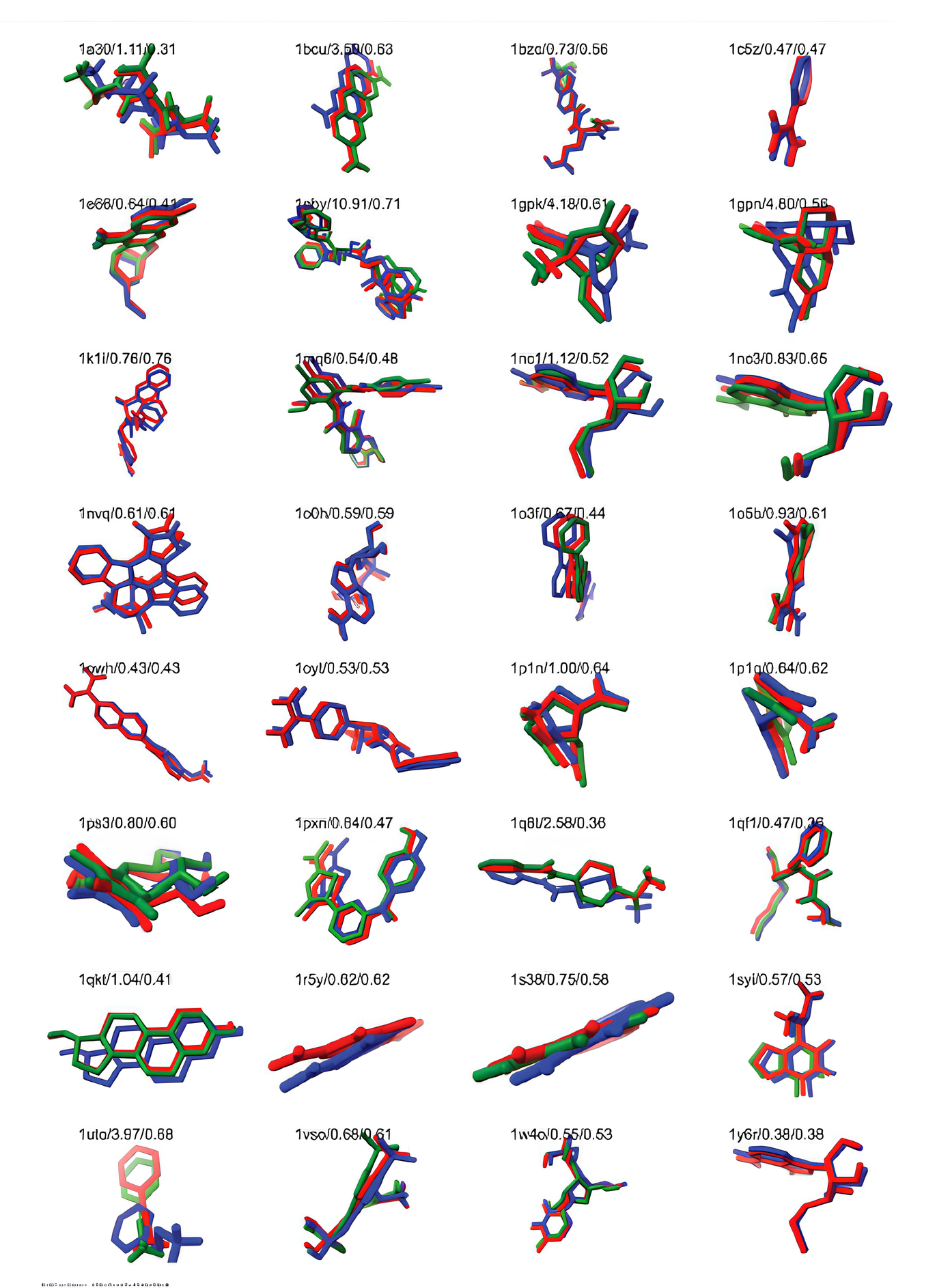第一列
This project focuses on developing and promoting digital annealing and GPU-based annealing technologies. On the hardware front, the project leverages Digital Annealer and GPU-based annealing technologies. In terms of applications, the project spans multiple domains, including combinatorial optimization problems, scheduling challenges, large-scale experimental design generation, drug molecule design, inverse photomask design in optical lithography, and MicroLED manufacturing optimization.
On the software side, the study will explore AI strategies for constructing, transforming, and solving QUBO models, as well as achieving high-efficiency annealing computations through parallel processing on GPUs. Using localized GPU annealing technology will help reduce costs while enhancing flexibility and data privacy. The project aims to validate annealing technologies' applicability and performance differences across various fields. Additionally, it emphasizes the popularization of annealing computation technologies by establishing annealing platform services to provide foundational infrastructure and application support for academia and industry.

Annealing originated as a metallurgical technique, where metal is heated to a high temperature and then slowly cooled, allowing its internal structure to rearrange into a more ordered, lower-energy, and stable state. This concept has been extended to the field of optimization, where "high temperature" is simulated to allow binary variables (0,1) to change more easily and temporarily accept higher-energy states. By gradually lowering a virtual temperature T, the system is guided toward a lower-energy, more stable optimal solution.
Annealing computation is a novel technique specifically designed to solve large-scale and complex combinatorial optimization problems. Unlike traditional computers that search solutions one by one, it simulates quantum effects to rapidly converge toward the ideal solution from a vast solution space. This approach is particularly effective for high-dimensional and multi-variable problems, significantly improving computational efficiency.
-
Co-PI
-
Jehn-Ruey Jiang (National Central University)
-
Pei-chen Yu (National Yang Ming Chiao Tung University)
-
Ray-Bing Chen (National Tsing Hua University)
-
Jung-Hsin Lin (Academia Sinica)
-
Ping-Yang Chen (National Taipei University)
-
Kun-Ta Chuang (National Cheng Kung University)
Drug Molecule Design via Digital Annealing and Machine Learning / Dr. Jung-Hsin Lin
- Problem to be Solved by This Technology:
In drug design, it is necessary to evaluate the binding site and binding free energy between a drug molecule and its target protein. However, the number of possible small molecule combinations can reach 10⁶⁰, resulting in an enormous computational load that traditional CPU/GPU systems can no longer handle efficiently.
- Significance/Breakthrough:
This approach effectively addresses the combinatorial challenge of binding free energy estimation, offering a novel computational pathway for drug design and enabling accurate prediction of ligand binding positions.
- Relevance to Future Research Directions:
Digital annealing provides a new direction and practical foundation for future high-efficiency drug design and virtual screening.

The figure shows that, among 242 complexes, digital annealing can accurately determine the ligand positions.
